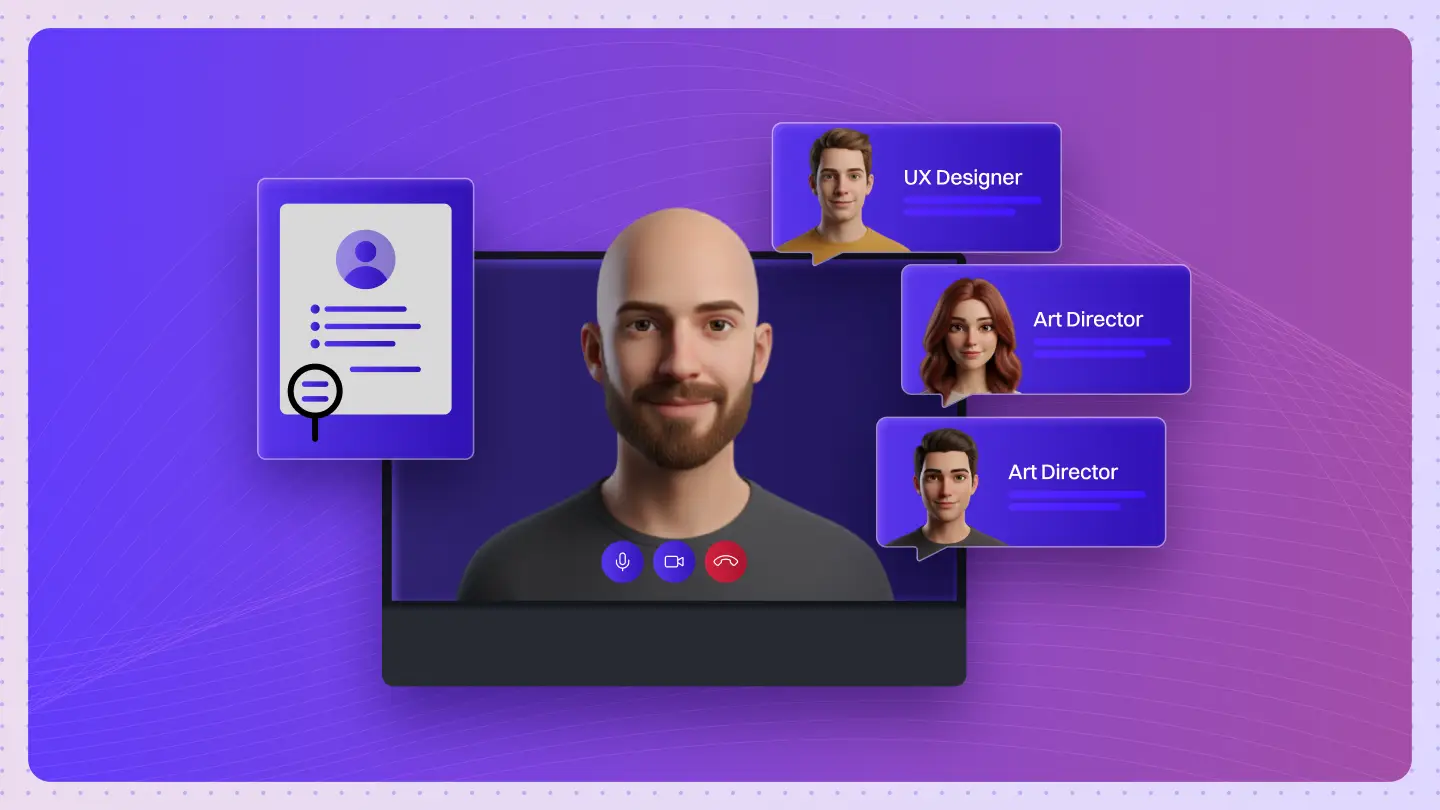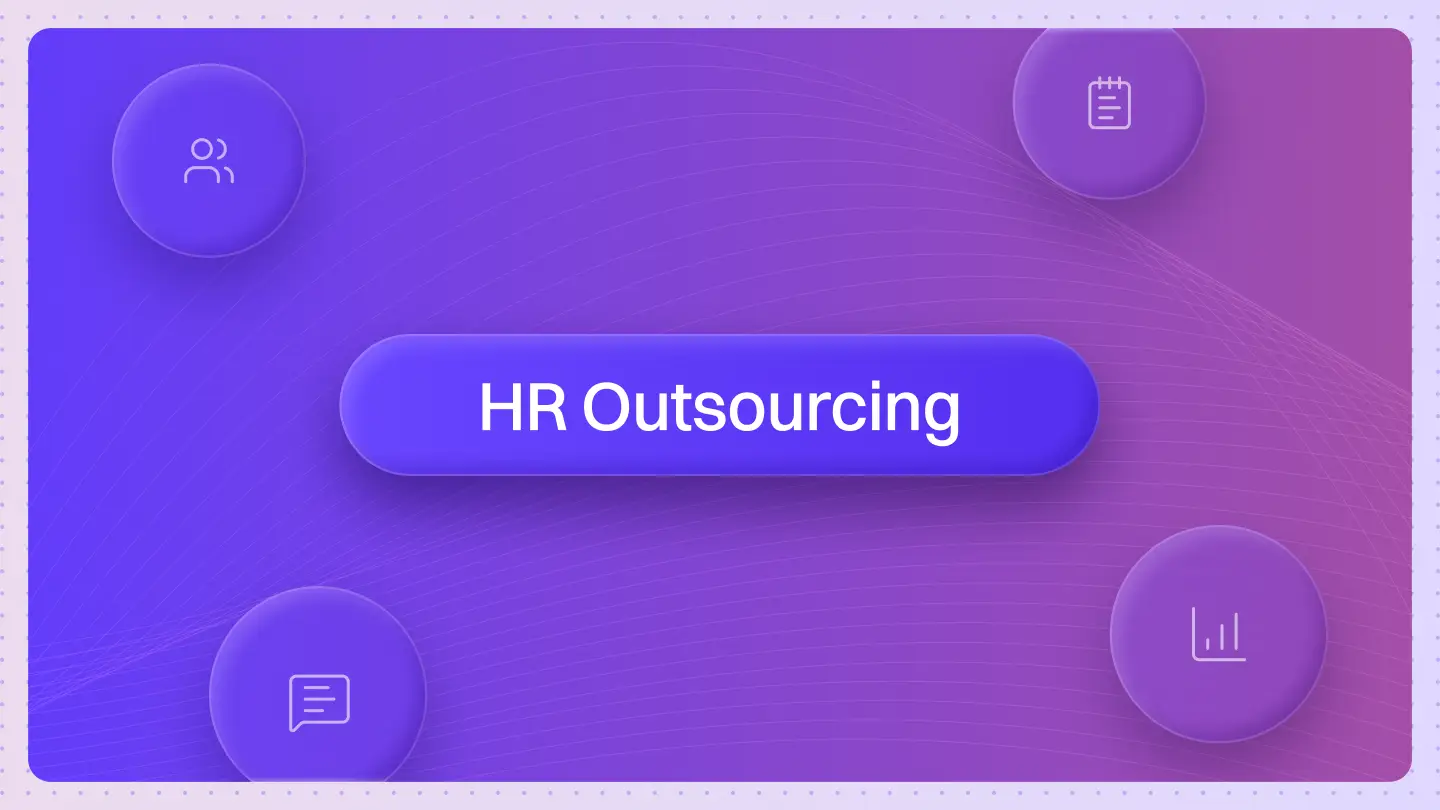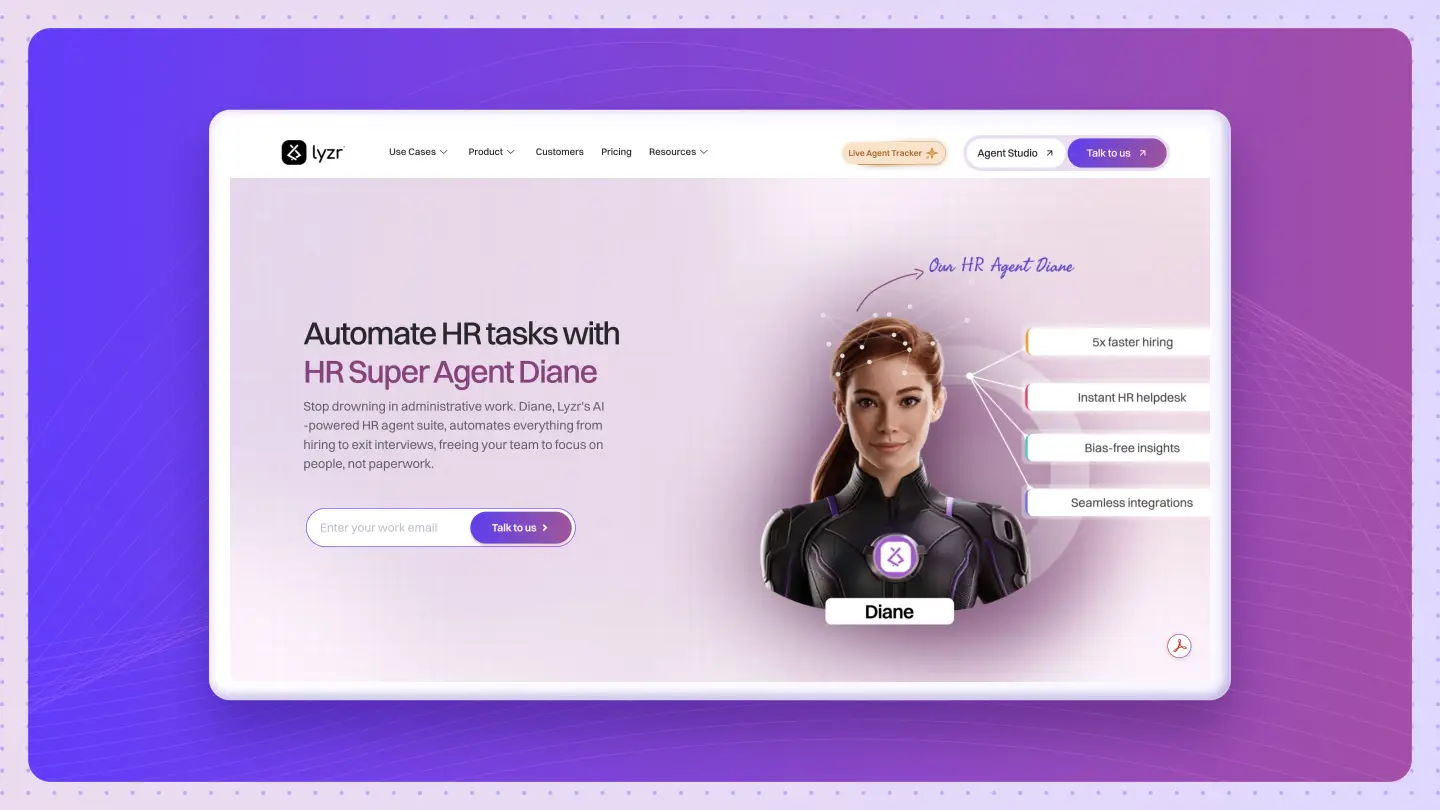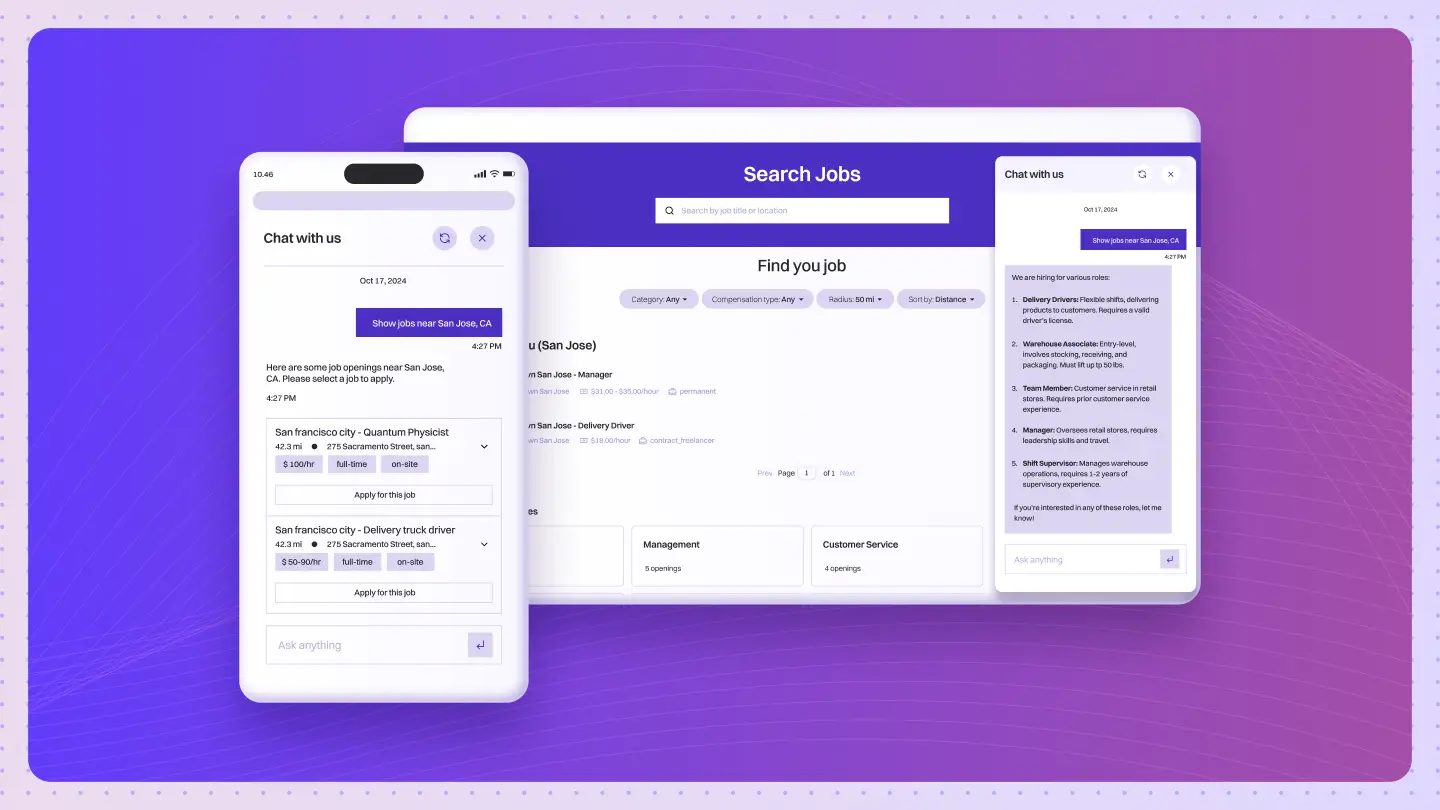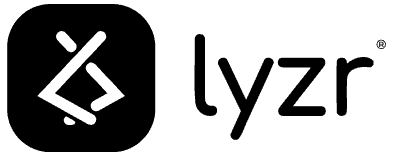Table of Contents
ToggleHiring in India today feels like trying to build a high-performance race car engine in the middle of a chaotic bazaar. It’s complex. It’s arduous.
You are surrounded by thousands of vendors, endless noise, and countless parts that all look the same. Some are precision-engineered. Others will crack the moment you hit the accelerator. The challenge? Telling them apart before you waste your budget.
This overwhelming environment is why using an AI hiring manager is no longer an innovation. It’s a necessity.
The conventional answer, of course, has always been that hiring is an art, not a science. It’s about gut feel, human intuition, that irreplaceable personal touch. We are told algorithms can’t measure heart or ambition. (Lovely sentiments, but they don’t fill that critical open role, do they?)
But what if the problem isn’t a lack of intuition? What if the real issue is that your team’s intuition is being drowned out by the noise of a thousand mismatched resumes and the relentless drag of administrative work?
Modern AI isn’t here to replace human judgment. It’s here to finally liberate it. It clears away the operational clutter so your team can focus on building relationships with the best candidates.
Your Hiring Engine Is Broken. Here’s the Real Cost.
Let’s be direct. Your current hiring process is likely costing you far more than you think. This isn’t just an HR inconvenience. It’s a significant drain on your finances, productivity, and culture.
The Time Sink That Loses Talent
First, consider the time. Worldwide, the average time-to-hire is 35 days across industries, according to 2025 benchmarks.
That month-long delay isn’t just a waiting period. It’s a wide-open window for your top candidates, the A-players you desperately need, to receive and accept competing offers.
Globally, candidate patience is thin. Studies show a significant number drop out of processes that drag on too long. If your process takes weeks, you are systematically losing the best talent before you even get to the offer stage.
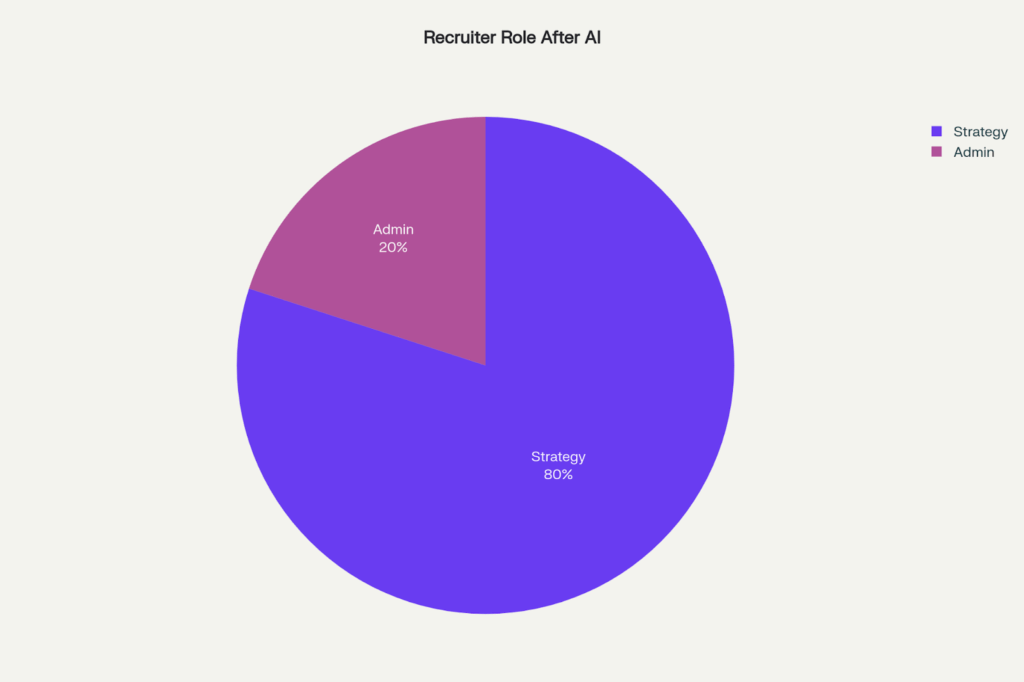
The Financial Hemorrhage of a Bad Hire
Then there is the financial hemorrhage. When your slow process forces you to rush, the risk of making a bad hire skyrockets.
According to a CareerBuilder survey, 29% of Indian companies reported that a single bad hire cost them more than ₹20 lakh. Depending on seniority, the total cost can range anywhere from ₹5 lakh to well over ₹25 lakh. (Suddenly that recruitment budget looks rather small, doesn’t it?)
This isn’t just about a wasted salary. It includes recruitment campaigns, onboarding, training, severance, and the massive opportunity cost of having a role vacant or filled by an underperformer.
The Cultural Drain
Worst of all is the cultural damage. A bad hire is a morale killer.
They drain energy from your A-players, who have to cover for their mistakes. They lower team standards. They create a toxic atmosphere. This frustration often leads to your best people quitting.
According to the 2023 Gallup report, disengaged employees cost the global economy an astounding $8.8 trillion in lost productivity. A bad hire actively disengages your team.
The Vicious Cycle: Hiring Debt
This creates a vicious cycle we call “Hiring Debt.”
- The slow, inefficient process creates pressure to hire quickly.
- This rush leads to bad hires, the “debt” you take on.
- The “interest payments” on this debt are the massive financial and cultural costs that follow.
- This crisis puts even more pressure on the next hiring cycle, causing the debt to compound.
You cannot escape this cycle by simply trying to speed up a broken process. You must replace the system entirely.
You’re Operating a Filter, Not a Magnet
The fundamental problem with traditional hiring is the mental model behind it.
Most companies operate talent acquisition like a filter. You post a job, get flooded with applications (often thousands for one role), and then your team spends up to 80% of its time trying to filter out the bad ones. This is reactive, defensive, and treats talent like a commodity to be sifted.
The new model is a magnet.
The goal of a modern talent function is not to filter, but to proactively attract and accelerate the right talent. It is an intelligent pipeline that identifies, engages, and pulls the best candidates through so seamlessly they don’t have time to look elsewhere. This model treats talent as a strategic asset to be cultivated.

This brings us to the great paradox of the “human touch.” The manual system, which is supposed to preserve personal connection, actually destroys it.
When your recruiters are overwhelmed with admin, they become poor brand ambassadors. This leads to a terrible candidate experience – slow communication, maybe an interviewer who shows up late or forgets to turn on their camera. (Always a classic.)
The valuable “human touch” gets wasted on low-value tasks a machine can perform flawlessly.
This reality reveals a critical shift. An AI hiring manager doesn’t devalue the human recruiter; it elevates them.
Instead of being 80% administrator and 20% strategist, they become 80% strategist and 20% process overseer. Their role shifts from tactical executor to strategic talent advisor who builds relationships and sells your company’s vision.
Adopting AI isn’t just about efficiency. It’s a talent development strategy for your HR team, finally allowing them to deliver the strategic value you hired them for.
Here’s what this intelligent hiring engine looks like when it actually runs:
A Blueprint for Your Modern Talent Engine
So, what does this “magnet” model look like in practice? It is a strategic system built on four pillars, each powered by intelligent automation.
- 24/7 Proactive Sourcing: Stop waiting for applicants. AI tools continuously scan talent pools, professional networks, and your internal databases to find passive candidates – those high-performers perfect for you but not actively looking. This flips your recruitment posture from reactive to proactive, letting you find talent before your competitors.
- Intelligent Screening & Matching: Move beyond basic keyword searches. AI analyzes resumes at scale, assessing skills, experience, and predicting cultural fit based on objective criteria. This surfaces the best candidates in seconds and significantly reduces unconscious bias.
- Automated Engagement & Scheduling: Let AI agents become your frontline brand ambassadors. They provide instant, 24/7 responses to candidate questions, offer updates, and automate the frustrating back-and-forth of interview scheduling. This creates a seamless experience that keeps top talent engaged. Sound familiar? It’s the opposite of the ghosting candidates usually get.
- Data-Driven Decisions: Every interaction is tracked and analyzed. This provides powerful insights into your hiring process, helping you identify bottlenecks, measure performance, and refine your strategy. You finally move from hiring based on “gut feel” to making decisions backed by evidence.
| Feature | Traditional Hiring Funnel (The Filter) | AI-Powered Talent Engine (The Magnet) |
| Sourcing | Reactive: Post a job and wait for applicants. | Proactive: 24/7 sourcing of active & passive talent. |
| Screening | Manual, slow, keyword-based, high bias risk. | Automated, instant, skills-based, reduced bias. |
| Candidate Exp. | Slow, unresponsive, impersonal. High drop-off. | Instant, engaging, personalized. High satisfaction. |
| Decision Making | Intuitive, based on “gut feel.” | Data-driven, based on predictive analytics. |
| Recruiter Focus | 80% Administrative tasks, 20% Strategy. | 80% Strategic engagement, 20% Oversight. |
This shift is not incremental. It is transformational.
Deploy Diane and Build Your Talent Engine
This blueprint for a modern talent engine is not a futuristic concept. It is a reality you can implement today with Diane, Lyzr’s HR Super Agent Suite.
We are not talking about another simple tool. We are talking about a new way of operating. Diane is designed to manage your entire hiring workflow autonomously.
Her powerful AI Hiring Assistant module handles the heavy lifting – from screening thousands of resumes to scheduling interviews across multiple time zones and collecting feedback – so your team doesn’t have to.
The impact is immediate and measurable. Companies using Diane see game-changing results:
- 75% reduction in time-to-hire.
- 54% decrease in cost-per-hire.
- 75% boost in team productivity.
These aren’t just improvements; they directly solve the pain points crippling traditional hiring. You can explore our solution templates and case studies to see the real-world impact.

We understand adopting new technology can feel daunting. That is why Diane is built for your existing HR stack.
She integrates seamlessly with your current Applicant Tracking System (ATS) and HRIS via enterprise-grade APIs & integrations. Diane acts as an intelligent layer that enhances your systems, not a disruptive replacement.
And the intelligence doesn’t stop at hiring. Diane’s architecture extends across the entire employee lifecycle, with dedicated agents for Performance Intelligence, and Exit Interviews. This creates a holistic talent intelligence platform. Our Agent Studio even allows for rapid prototyping of custom solutions.
Navigating Ethics, Bias, and Trust
Of course, a strategic leader must also consider the risks. What about algorithmic bias, data privacy, and compliance? These are not just talking points; they are critical business considerations.
Tackling Algorithmic Bias Head-On
The question of bias is paramount. We have all heard the stories, like Amazon’s scrapped AI tool that learned to prefer male candidates. (Apparently, AI can learn sexism just as easily as humans). This is a real risk.
However, as Gartner research points out, the correct comparison is not between AI and a perfect world. It is between an AI-driven process and the current human-only system, which is filled with well-documented unconscious biases.
A properly designed AI system can be less biased than a human by focusing exclusively on skills, experience, and objective criteria.
Lyzr is built on a foundation of Responsible AI. Our agent architecture includes built-in guardrails, hallucination managers, and a commitment to transparency to mitigate these risks. We believe in a human-in-the-loop approach: AI provides the data-driven shortlist, but the final, nuanced decision always rests with a human.
| Aspect | Human-Only Screening | AI-Augmented Screening (Lyzr) |
| Bias | High (unconscious, affinity, confirmation) | Lower (can ignore demographics) |
| Auditability | Low (subjective, hard to trace) | High (every step logged) |
| Consistency | Low (varies by recruiter, mood) | High (applies same criteria every time) |
| Scalability | Low (quality degrades with volume) | High (handles thousands instantly) |
This brings up a crucial point often missed. Far from being a new source of legal risk, an AI hiring manager can be a powerful tool for mitigating existing risk.
Manual hiring processes are notoriously difficult to audit for bias. An AI system creates a standardized, auditable trail for every decision. This transforms your DEI initiatives from a check-the-box exercise into a measurable part of your hiring engine.
Ensuring Data Privacy and Compliance
Data privacy is another non-negotiable. With regulations like India’s Digital Personal Data Protection Act and other global privacy laws, handling candidate data correctly is critical.
Lyzr’s enterprise-grade platform is SOC2, ISO27001, and GDPR compliant, ensuring your candidate data is managed ethically and securely from day one. This is a core part of our enterprise offering.
The defining competitive advantage of the next decade will not be who you hire, but how you hire. The chaotic, luck-based approach of the past is a strategic liability.
The future belongs to businesses that build intelligent, predictable, and efficient talent engines. Deploying an AI hiring manager like Diane is the first and most critical step.
Stop gambling. Start building. Don’t just automate your hiring, make it intelligent. Book a demo to see the future of hiring in action.
Frequently Asked Questions
1. How does an AI hiring manager actually reduce bias if it’s trained on historical data?
A well-designed AI platform like Lyzr mitigates bias in several ways. First, Diane can be programmed to ignore demographic data, focusing only on skills and qualifications. Second, Lyzr’s Responsible AI framework includes continuous auditing and fairness checks. The goal is a system demonstrably fairer than the variable biases of human screeners.
2. What happens to my human recruiters after implementing Diane?
Their role becomes more strategic and valuable. By automating up to 75% of administrative tasks, Diane’s AI Hiring Assistant module frees your recruiters to focus on high-impact activities: building relationships, strategic advising, and strengthening your employer brand. They shift from process administrators to talent strategists.
3. How does Lyzr ensure compliance with data privacy laws like GDPR and India’s DPDP Act?
Compliance is core to our enterprise platform. Lyzr is SOC2, ISO27001, and GDPR compliant. We achieve this through robust data encryption, strict access controls, privacy-by-design, and clear consent mechanisms, ensuring data is handled to the highest global standards.
4. Can Diane integrate with our existing Applicant Tracking System (ATS)?
Yes, absolutely. Diane is designed as an intelligent layer that enhances your existing stack. Her agents offer native APIs & Integrations with leading ATS, HRIS, and communication tools, ensuring a seamless workflow without replacing your core systems.
5. How long does it take to implement and train Diane for our specific needs?
Thanks to our HR Automation solutions and pre-built agent modules, deployment is remarkably fast. Many clients go live with key functions in weeks, not months. Diane is trained on your specific job descriptions, policies, and ideal candidate profiles.
6. Is an AI hiring manager suitable for hiring highly specialized roles?
It is highly effective for both. For high-volume roles, Diane provides unmatched efficiency. For specialized, senior roles, her value lies in proactive sourcing of passive candidates and ensuring a flawless, high-touch candidate experience, critical for attracting top executive talent.
7. How do you measure the ROI of implementing Diane?
The ROI is measured through clear, hard metrics. We track improvements in KPIs like time-to-hire (75% reduction), cost-per-hire (54% reduction), recruiter productivity (75% increase), and candidate satisfaction scores. Our case studies provide detailed examples.
8. What makes Diane different from other AI recruiting tools?
Many tools are point solutions for single tasks. Diane is a full-stack super agent suite managing the entire employee lifecycle. Our focus on a modular, integrated architecture, deep commitment to Responsible AI, and enterprise-grade security sets us apart.
9. How does the system handle the nuances of cultural fit?
Cultural fit is defined by you. Diane is trained on your company’s core values, top performer attributes, and specific criteria you provide. She identifies candidates whose experience and work styles align with your model. This data informs the hiring manager, who makes the final, nuanced assessment.
10. What kind of support and training does Lyzr provide?
We view clients as partners. Our team provides comprehensive onboarding and training so your team is comfortable and proficient. We offer ongoing support and collaborate with you to continuously optimize Diane’s performance for your evolving hiring needs.
Book A Demo: Click Here
Join our Slack: Click Here
Link to our GitHub: Click Here

